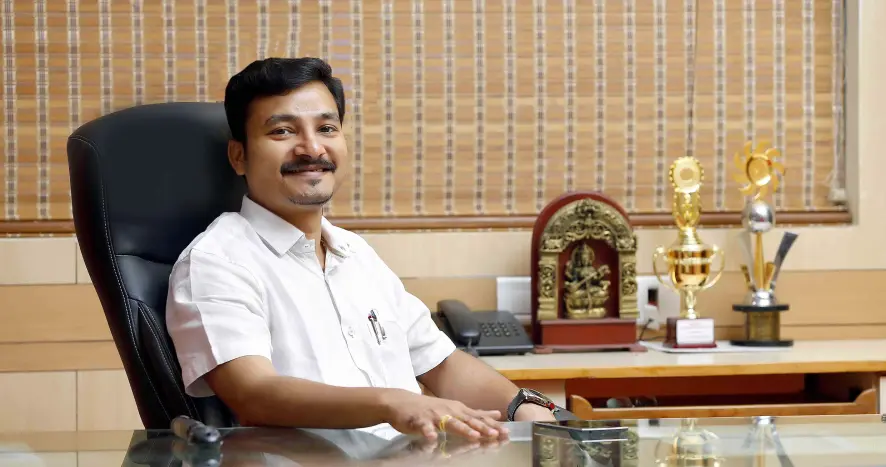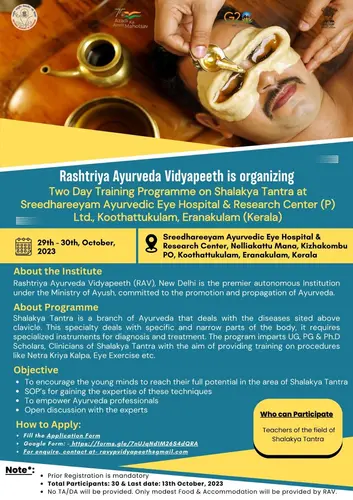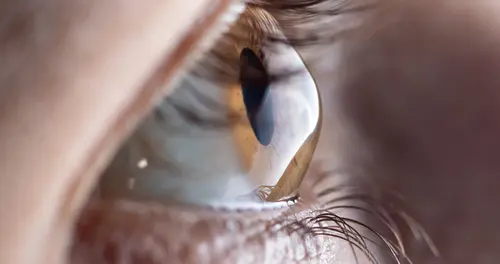Call : +91 485 225 3007
email : support@sreedhareeyam.com
Sreedhareeyam Ayurvedic Research and Development Institute takes great pride in announcing the upcoming SUNETRA CONCLAVE 2024.

The reason for this devastating diabetic retinopathy, a part of diabetic neuropathy is, as the name itself speaks, a very simple condition, diabetes mellitus which is India’s and also the world’s fastest-growing disease especially 80% being contributed by the developing countries. Between 2012 and 2015, it has caused empathetically 1.5 to 5 million deaths per year. It affects the body’s intermediate metabolism, speeds up cardiovascular ageing and imbalances the insulin secretions.

October 21, 2023

July 26, 2023